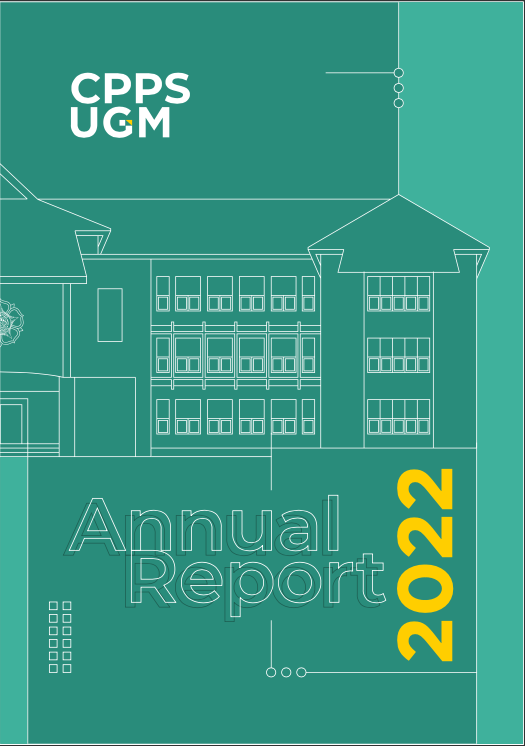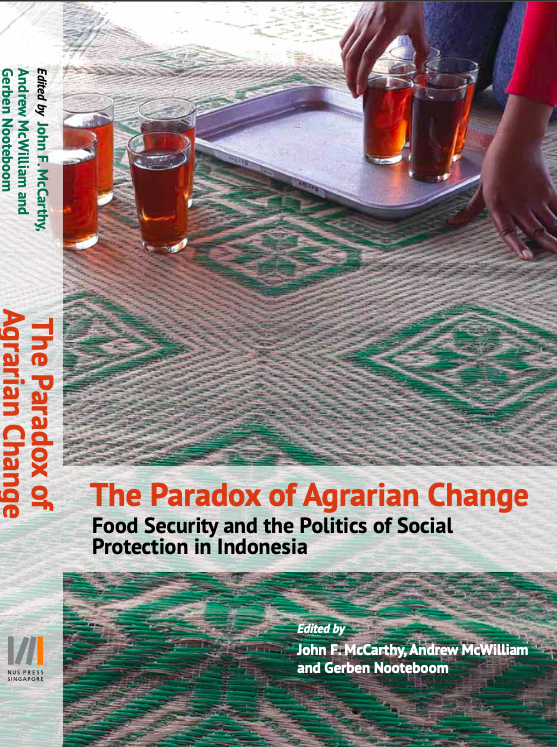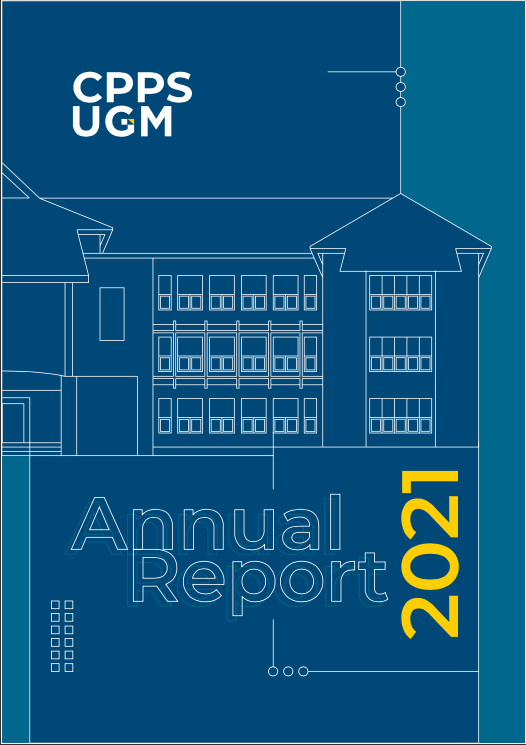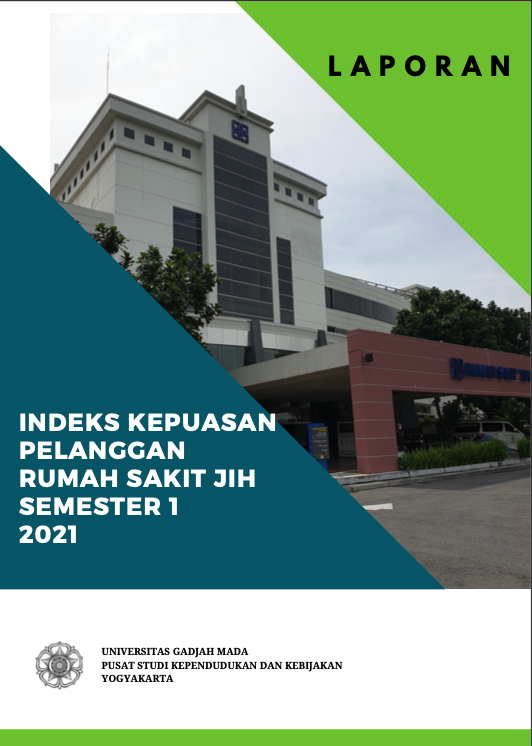Saving, Wealth, and Population
|The paper examines how changes in demographic variables that occur over the demographic transition affect saving and wealth, and consequently standards of living. The analysis supports the following conclusions:
First, the demand for material wealth relative to income, if met through savings rather than transfers, is much higher given a modern demographic, regime rather than a traditional one. The change reflects the impact of lower rates of childbearing and longer life-expectancy on household saving behaviour and the influences of population age structure on aggregate wealth and saving. Given widely accepted views about the impoortance of capital accumulation to development, an increase in the demand for wealth is accompanied by an increase in output per worker or per capita income.
Second, the transition to a wealthy society is not a smooth one. Particularly in countries experiencing rapid demographic transition, saving rates reach historically high levels for a period of several decades. This leads to a correspondingly rapid increase in capital and income. Countries proceeding through their demographic transitions more slowly experience a more moderate swing in saving and rates of economic growth. Demographic transition as slow paced as those experienced in the West also produce swings in saving and growth but ones that are much more modest than in a country like Taiwan.
*Klik untuk mengunduh makalah: Seminar Bulanan S.292 – Ronald D. Lee, Andrew Mason, Tim Miller | Juni 2000




